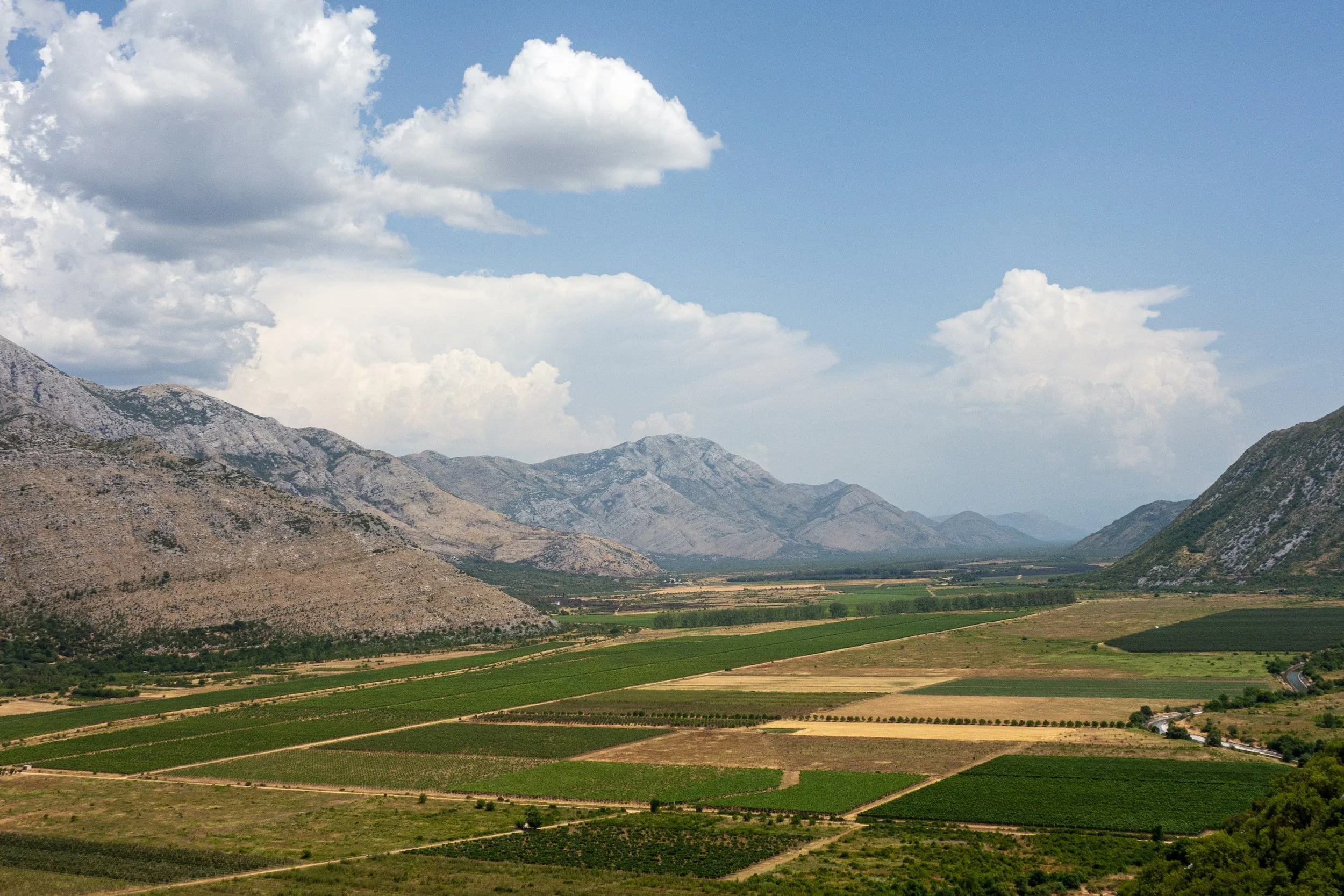Improved vs Unimproved Land: A Comprehensive Guide to Making the Right Real Estate Investment
The Difference Between Improved Land vs Unimproved Land: What You Need to Know
As a real estate brokerage, we often receive questions from clients about the various types of land they can purchase. One of the most common distinctions clients want to understand is the difference between improved land and unimproved land. In this blog post, we'll delve into the nuances of these two categories, their advantages and disadvantages, and the factors you should consider when deciding which type of land is best suited for your needs.
Defining Improved Land and Unimproved Land
Before we discuss the differences, let's establish what improved and unimproved land actually means.
Improved land refers to a parcel of land that has undergone various enhancements or modifications, making it more usable or valuable. These improvements may include clearing, grading, or the addition of utilities, such as water, sewer, and electricity. Improved land may also feature existing structures, like buildings, roads, or other infrastructure.
Unimproved land, on the other hand, remains in its natural state without any alterations or development. This type of land does not have utilities or structures in place and typically requires more work and investment to make it suitable for a specific purpose.
Advantages and Disadvantages of Improved Land
Improved land offers several advantages for potential buyers, including:
Reduced Development Time and Costs: Since utilities and infrastructure are already in place, the time and cost associated with preparing the land for use are significantly reduced.
Increased Value: The improvements made to the land typically increase its overall value, making it a more attractive investment.
Easier Financing: Lenders may be more willing to finance the purchase of improved land, as it is generally considered less risky than unimproved land.
However, improved land also comes with some disadvantages, such as:
Higher Purchase Price: The cost of improved land is typically higher due to the investments made in infrastructure and utilities.
Limited Customization: Improved land may have existing structures or features that limit the possibilities for customization or redevelopment.
Advantages and Disadvantages of Unimproved Land
Unimproved land can also provide benefits for potential buyers, including:
Lower Purchase Price: Unimproved land is usually less expensive than improved land, making it more accessible for those with a limited budget.
Greater Customization Potential: Since there are no existing structures or improvements, buyers have more flexibility to develop the land according to their needs and preferences.
However, unimproved land has its own set of disadvantages, such as:
Increased Development Time and Costs: Developing unimproved land requires significant time and financial investment to install utilities, clear land, and build necessary infrastructure.
Financing Challenges: Lenders may be more hesitant to finance the purchase of unimproved land due to the higher perceived risk and uncertainty regarding future development.
Factors to Consider When Choosing Between Improved and Unimproved Land
When deciding between improved and unimproved land, consider the following factors:
Purpose: Determine the primary purpose for the land, such as residential, commercial, or agricultural use, and assess which type of land best aligns with your intended use.
Budget: Evaluate your financial situation and determine which type of land fits your budget, taking into consideration both the purchase price and the potential development costs.
Timeframe: Consider how quickly you need the land to be ready for use and whether you have the time and resources to invest in land development.
Location: Assess the location of the land, as this can influence its value and suitability for your intended purpose.
Risk Tolerance: Weigh the potential risks and rewards associated with each type of land and decide which aligns best
Choosing between improved and unimproved land is a critical decision that can significantly impact your real estate investment. By understanding the differences, advantages, and disadvantages of each type of land, you can make a more informed decision that aligns with your goals, budget, and risk tolerance. Carefully consider the purpose, location, and development potential of the land to determine which option best suits your needs. Don't hesitate to consult with a real estate professional to help guide you through the process and ensure you make the right choice for your unique situation.




